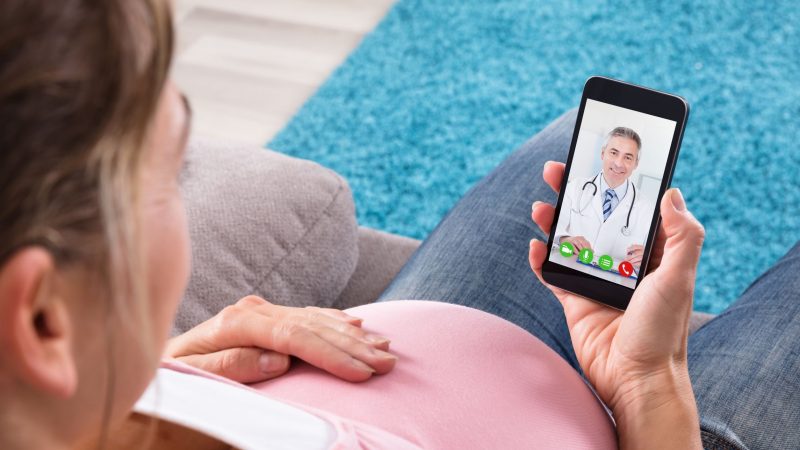At Inhealthcare, we provide innovative digital technology to help health care providers deliver the best quality care for their patients.
Our digital health solutions are available via apps, automated telephone calls, text message and online – making sure everyone can connect in a way that works for them, regardless of technological know-how.
To complement our existing suite of technologies, we’ve now launched a video conferencing service.
Our video software creates opportunities for better, more efficient communication between health care professionals and patients as well as care homes.
With the outbreak of COVID-19, video conferencing will play an important role keeping vulnerable citizens safe at home. It will also provide all citizens with access to health care without needing to travel unnecessarily.
But what are the benefits of video conferencing?
More convenient for patients
It can be a challenge for people to take time out of their day to travel to medical appointments, fitting them in around work, study and childcare.
With video appointments, people can access the care they need from the comfort of their homes, or from their phones, and fit them more easily around their day.
Support for elderly and people with disabilities
For elderly patients and people with disabilities who find it hard to get out, video appointments allow them to access the care they need without having to travel to a GP surgery or hospital.
Quick and easy appointments for the NHS
With video conferencing software, NHS staff can schedule real time face-to-face appointments for quick decision-making, without having to meet patients in person.
Better collaboration in health and social care
A care home worker can speak directly with a health care professional, or schedule a video consultation for one of their residents. This reduces the need for community nurses to visit the home.
Saves travel time for community staff
Community staff, like nurses and midwives, can schedule routine appointments via video, saving valuable time on travel, so they can dedicate more care to those who really need it.
Reduces spread of illness
Video consultations can be used to keep people with possibly contagious illnesses such as COVID-19 at home, rather than bringing them into hospitals and GP surgeries, reducing the spread of illness in the community.
In care homes, video conferencing reduces the risk of infection being brought into the home by health and care staff.
Better for the environment
Video meetings and appointments reduce the need for unnecessary travel, reducing CO2 emissions for a greener future.

